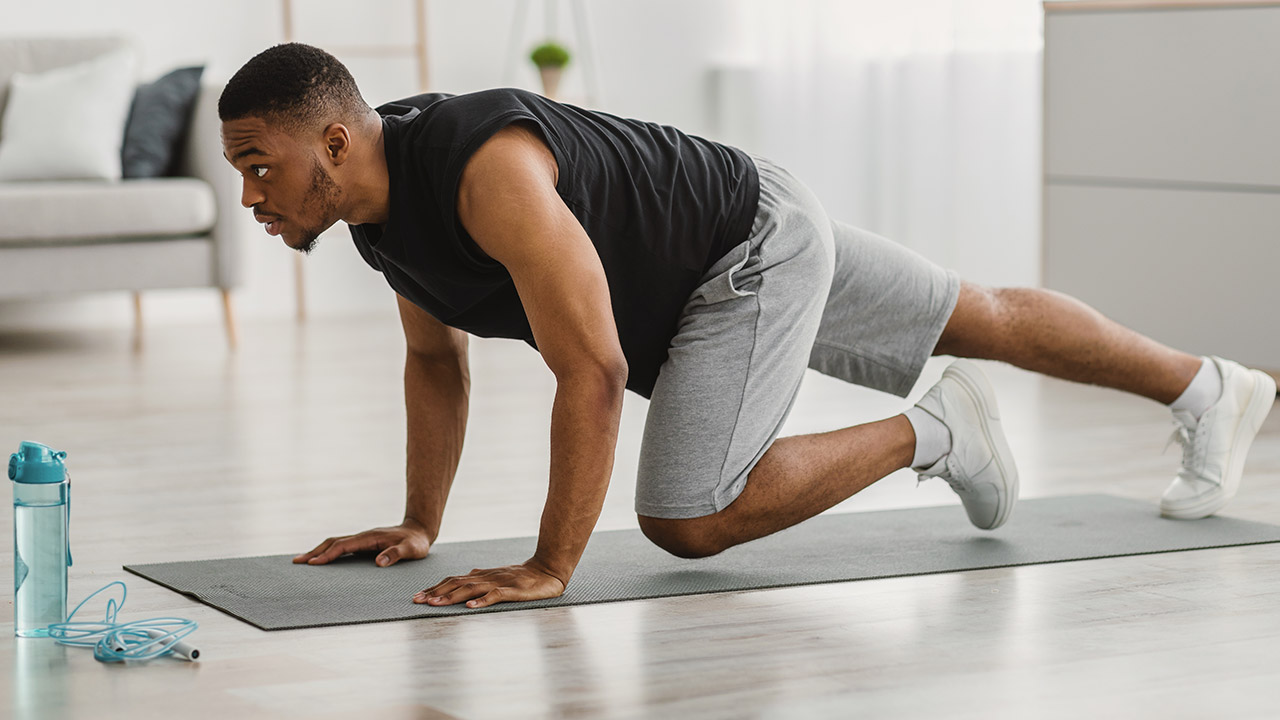Are Isolation Exercises Causing You to Overtrain?

Hey Angels and Alphas,
When most people first enter the gym, they naturally start gravitating toward machines. They’re easy, comfortable, self-explanatory (for the most part,) and they allow you to really target the areas of your body you feel need the most work.
That being said, building your entire workout around exercises that you’re comfortable with is far from an effective fitness strategy.
On the other hand, other people go straight for the dumbbells and bars. They just feel better working out with free weights, having more control of their body, and they like to engage more of their body with each exercise. These people use machines solely for isolation.
This has naturally led to people classifying exercises as either (1) compound exercises or (2) isolation exercises.
Compound movements engage more than one muscle group (usually a large primary one and a second smaller one). Isolation exercises focus on one muscle group and tend to avoid engaging other ones.
Both of these methods serve their own purpose in workout routines.
If you’ve been in the gym for a while and you’re looking to look and perform better, you’re most likely basing your routine on compound movements and sprinkling isolation exercises when there’s something you want to focus on!
Although that’s an excellent strategy, here is where a problem might occur. When doing compound exercises, it’s easy to unknowingly train specific muscle groups more than you’d like because of their secondary use nature.
This, of course, can cause some muscles not to get enough recovery time. If you’ve set up your routine in a way that gives all major muscle groups a lot of attention, you might be working out too much without even knowing it! This makes overtraining more common than people believe.
For example, training arms the day after you train your shoulders means you’ve trained your triceps twice in two days. This means your triceps haven’t had enough time to recover, and your performance and growth are naturally going to decline.
Challenge yourself to take a look at your routine right now and determine your real volume per muscle group.
Not just the direct volume you’re giving to each muscle, but also the indirect volume your muscles are receiving by being secondary use in compound exercises.
Remember: All chest exercises engage either the shoulders or the triceps. All back/pulling exercises also put pressure on the biceps. Take that into account when creating your routine.
Whether you’re doing the general push/pull/legs routine or you’re someone who does circuit training with free weights, it could be very easy for you to stack up unnecessary volume that makes it hard for certain muscle groups to recover properly.
For example, if you start your workout off with the bench press, you’re instantly adding volume to your chest, your shoulders, and your triceps. If you do more than one variation of the bench press (e.g. incline or decline,) you’re racking up so much volume that it could be easy for you to overtrain certain muscle groups.
Even though smaller muscle groups like your biceps and triceps could handle larger amounts of volume, you should still be wary of this.
There are many professionals in the fitness world who don’t do more than a couple of sets of triceps/biceps isolation every week. This is because they know very well that all of the compound movements they perform rack up volume in these smaller muscle groups.
So instead of trying as hard as possible to get those juicy triceps pumps, get in touch with yourself and discover the most optimal volume for each of your muscle groups.





